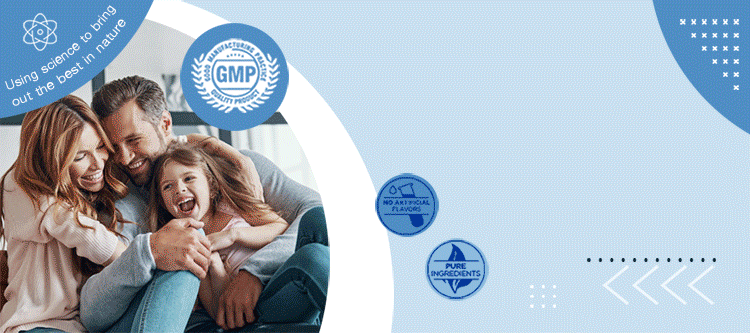Vitamin supplementation reduces 
.png) |
Vitamin supplementation reduces the progression of atherosclerosis in hyperhomocysteinemic renal-transplant recipients.
Marcucci R, Zanazzi M, Bertoni E, Rosati A, Fedi S, Lenti M, Prisco D, Castellani S, Abbate R, Salvadori M.
Surgical and Medical Critical Care, Clinica Medica Generale e Cliniche Specialistiche, University of Florence, Italy.
BACKGROUND: We previously demonstrated among renal-transplant recipients (RTRs) a high prevalence of hyperhomocysteinemia, which might account for their elevated cardiovascular risk. The purpose of our study was to document, in hyperhomocysteinemic RTRs, the effect of vitamin supplementation on carotid intima-media thickness (cIMT), which is an early sign of atherosclerosis. METHODS: A total of 56 stable hyperhomocysteinemic RTRs were randomly assigned to vitamin supplementation (folic acid 5 mg/day; vitamin B(6) 50 mg/day; vitamin B(12) 400 microg) (group A) or placebo treatment (group B) for 6 months. All subjects underwent cardiovascular risk-factor assessment, including fasting homocysteine (Hcy) levels assay, and high resolution B-mode ultrasound to measure the intima-media thickness of common carotid arteries, at time of enrollment and after 6 months. RESULTS: Fasting Hcy levels markedly decreased in group A after treatment (21.8 [15.5-76.6] micromol/L vs. 9.3 [5.8-13] micromol/L; P<0.0001), whereas no significant changes were observed in group B (20.5 [17-37.6] micromol/L vs. 20.7 [15-34] micromol/L; P=not significant). In group A, cIMT significantly decreased after treatment (0.95+/-0.20 mm vs. 0.64+/-0.17 mm; P<0.0001). All except one patient showed a reduction of cIMT and the mean percentage of cIMT decrease was -32.2+/-12.9%. Patients with methylenetetrahydrofolate reductase (MTHFR) C677T +/+ genotype, with higher Hcy levels, had the major percentage of decrease of Hcy with respect to the other genotypes (mean decrease: MTHFR +/+ 74.8+/-5.7%; MTHFR +/- 58.1+/-10%; MTHFR -/- 56.3+/-8.6%). In hyperhomocysteinemic patients without vitamin supplementation (group B) we documented a significant increase in cIMT after 6 months (0.71+/-0.16 mm vs. 0.87+/-0.19 mm; P<0.05). In 19 of 28 subjects we observed an increase in cIMT, and in 9 of 28 the cIMT was unmodified. The mean percentage of cIMT increase was + 23.3+/-21.1%. CONCLUSIONS: Our results demonstrate a beneficial effect of the treatment of hyperhomocysteinemia by vitamin supplementation on cIMT in a group of RTRs.
Publication Types:
- Clinical Trial
- Randomized Controlled Trial
PMID: 12792513 [PubMed - indexed for MEDLINE] |
|

 Specifications and COA
Specifications and COA  Neuroprotective actions of pyridoxine
Neuroprotective actions of pyridoxine  Pyridoxal 5'-phosphate is a selective
Pyridoxal 5'-phosphate is a selective 
 Specifications and COA
Specifications and COA  Neuroprotective actions of pyridoxine
Neuroprotective actions of pyridoxine  Pyridoxal 5'-phosphate is a selective
Pyridoxal 5'-phosphate is a selective